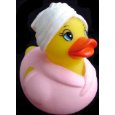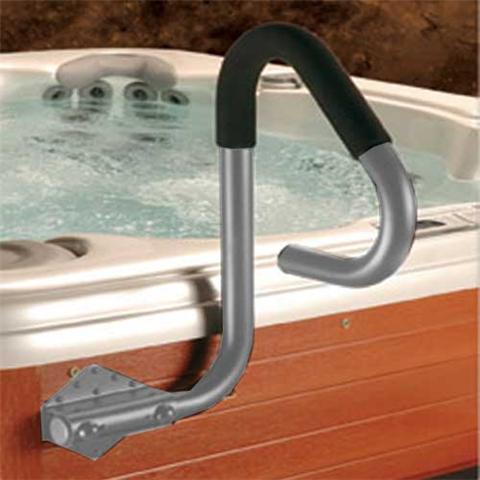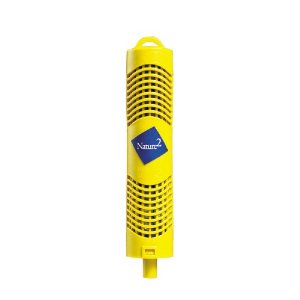Hot Tub Water Problems
 Hot tubs can cause skin infections or even worse if the water is left neglected. Many times the spa owner just does not know how best to keep the spa water clear and free of bacteria.
Hot tubs can cause skin infections or even worse if the water is left neglected. Many times the spa owner just does not know how best to keep the spa water clear and free of bacteria.
Even industry professionals sometimes do not take the best care of their spa water as found in showrooms or even on tradeshow floors. Some illnesses including Legionaire's have been linked to poorly maintained hot tubs. But it is not that difficult as long as a few basics are followed.
Bacteria and Hot Tubs
 Don't be a sitting duck for a skin infection caused by rampant bacteria in the hot tub. Hot water is a perfect breeding ground for out-of-control bacteria that can cause skin infections but keeping the water ph level in balance and maintaning sufficient sanitizer can ward off even the hardiest of bacteria.
Don't be a sitting duck for a skin infection caused by rampant bacteria in the hot tub. Hot water is a perfect breeding ground for out-of-control bacteria that can cause skin infections but keeping the water ph level in balance and maintaning sufficient sanitizer can ward off even the hardiest of bacteria.
 Hot Tub Sanitizer
Hot Tub Sanitizer
Hot tub sanitizer is added either in liquid, powder or puck form to keep a residual of disinfectant in the water. The most effective and popular sanitizers for hot tubs are:
- bromine
- chlorine
- biguanides
- mineral sanitizer
There are many sanitizer substitutes being touted on the market, but nothing performs quite as well as bromine and also chlorine, although bromine gasses off at a higher temperature and will last longer.
Either way, micro-organisms are killed and spa water is safe to enter. When refilling the spa, add granular bromine to establish a reserve so the spa can be used right away.
![]() Hot Tub Sanitizers and Water Quality
Hot Tub Sanitizers and Water Quality
 Maintaining hot tub water is mainly about watching the ph level and the sanitizer level. Never mix
bromine and chlorine, but select one and test the spa water regularly with test strips or a water test kit.
Maintaining hot tub water is mainly about watching the ph level and the sanitizer level. Never mix
bromine and chlorine, but select one and test the spa water regularly with test strips or a water test kit.
Other sanitizer aids can include an ozonator or spa mineral sticks such as Nature 2 or Spa Frog Mineral Sanitizer (link below). These items will help reduce the amount of sanitizer needed to maintain pure water, but will not eliminate the sanitizer. Except when using a Bromine Salt System or Chlorine Salt System, it is mostly a good idea to employ an ozonator to help with some of the disinfectant chores.
Essenntials Spa Frog Mineral Sanitizer
The ozonator can oxidize particulates, soaps and oils as well as lotions and other foreign materials.
Clean out the Gunk from the Plumbing Lines
Accumulated biofilm can remain hidden inside manifolds and plumbing lines despite your best santizing efforts. That is why the product AhhSome wass invented. Try it and have safer, cleaner spa water.